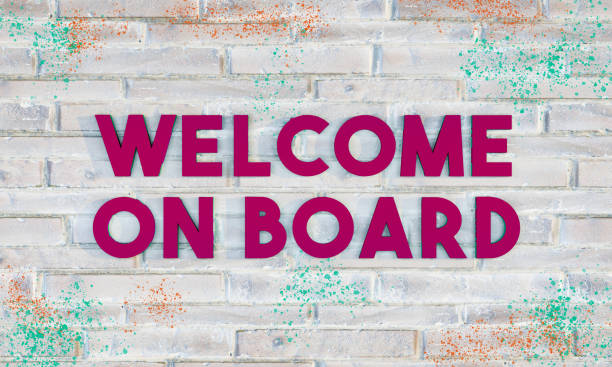Instant Brand Recognition in the Hospitality Industry
The welcome.info domain name carries inherent meaning that resonates across cultures and languages. When customers see this domain, they immediately understand your business focus on hospitality, customer service, and creating positive experiences. This semantic clarity provides significant advantages in search engine optimization, as the domain naturally aligns with keywords that potential customers actively search for when seeking welcoming services, hospitality solutions, or greeting platforms.
Global Appeal and Cultural Universality
The word "welcome" transcends linguistic barriers and cultural differences, making welcome.info an internationally recognizable brand asset. Whether your target audience speaks English, Spanish, French, or any other language, the concept of welcome is universally understood and appreciated. This global recognition factor significantly enhances your marketing reach and allows for seamless international expansion without the need for domain localization or translation concerns.



